
Jacobson – Progressive Relaxation Technique
Salepage : Jacobson – Progressive Relaxation Technique
Arichive : Jacobson – Progressive Relaxation Technique
1of 2Jacobson’s progressive relaxation techniqueThe aim of this information sheet is to remind you about how you can manage your stress using Jacobson’s progressive relaxation technique. This is a technique that uses muscle contraction and relaxation to make you feel calmer. You should have already practised this technique with your occupational therapist or as part of the cardiovascular rehabilitationprogramme. You may want to ask a family member or friend to read it out to help you relax. If you have any further questions or concerns, please speak to your occupational therapist or a member of the cardiovascular rehabilitation team.What is the purpose of the technique?Relaxation can help to relieve the symptoms of stress. Although the cause of the anxiety will not disappear, you will probably feel more able to deal with it once you have released the tension in your body and cleared your thoughts. Jacobson’s progressive relaxation technique involves contracting and relaxing the muscles to make you feel calmer. Don’t worry if you find it difficult to relax at first. It is a skill that needs to be learned and it will come with practice. Once you have mastered it you will be able to use it throughout your life, for example when driving a car, sitting in your office or standing in a supermarket queue.How do I prepare to relax?Allow yourself 15–20 minutes to complete this relaxation technique. Find a place that is warm, quiet and free from disturbances. If possible dim the lights and tell people that you should not be disturbed –you may want to switch off any phones. Make yourself comfortable on the floor, on the bed or in a chair. Snuggle down and settle your body so that it feels limp.If you can, ask a friend or family member to read the next sections to you.What do I need to do?Gently breathe in –hold –and let go.Gently pull your toes up towards your knees –just a little –hold briefly –and let go. Recognise the difference.Press your heels into the floor –hold –and letgo.Pull your knees together –hold briefly –now let them drift apart a little. Be aware of the new position
What is Hypnosis & NLP ?
Neuro-linguistic programming (NLP) is a pseudoscientific approach to communication, personal development, and psychotherapy created by Richard Bandler and John Grinder in California, United States, in the 1970s. NLP’s creators claim there is a connection between neurological processes (neuro-), language (linguistic) and behavioral patterns learned through experience (programming), and that these can be changed to achieve specific goals in life. Bandler and Grinder also claim that NLP methodology can “model” the skills of exceptional people, allowing anyone to acquire those skills. They claim as well that, often in a single session, NLP can treat problems such as phobias, depression, tic disorders, psychosomatic illnesses, near-sightedness, allergy, the common cold, and learning disorders. NLP has been adopted by some hypnotherapists and also by companies that run seminars marketed as leadership training to businesses and government agencies.
There is no scientific evidence supporting the claims made by NLP advocates, and it has been discredited as a pseudoscience. Scientific reviews state that NLP is based on outdated metaphors of how the brain works that are inconsistent with current neurological theory and contain numerous factual errors. Reviews also found that all[dubious ] of the supportive research on NLP contained significant methodological flaws and that there were three times as many studies of a much higher quality that failed to reproduce the “extraordinary claims” made by Bandler, Grinder, and other NLP practitioners.
Jacobson – Progressive Relaxation Technique
Readmore About : Jacobson





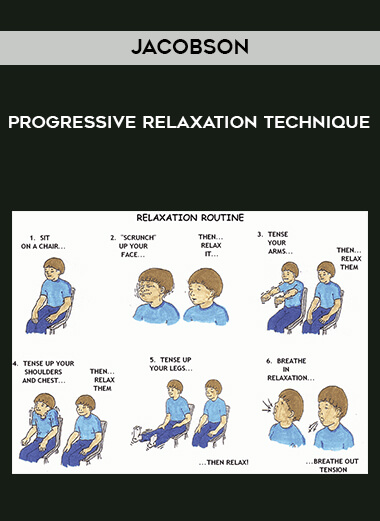
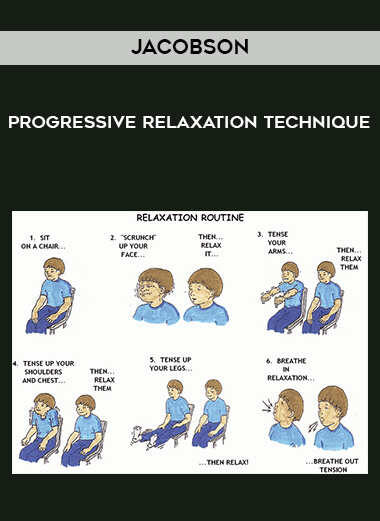
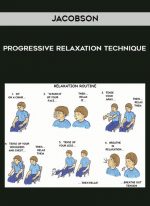
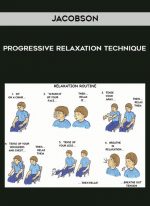





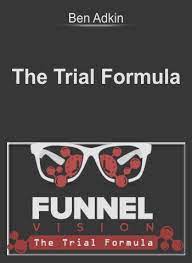
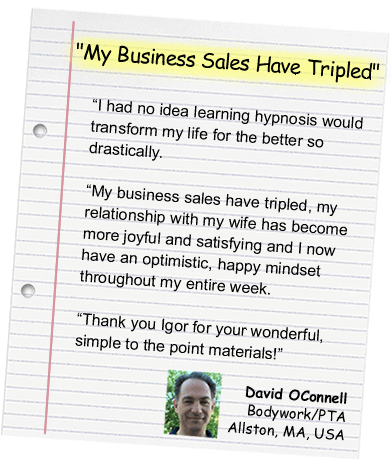

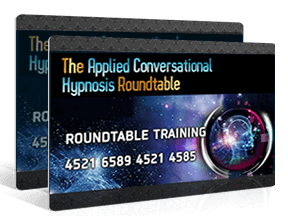



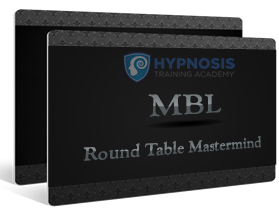




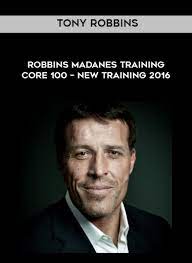
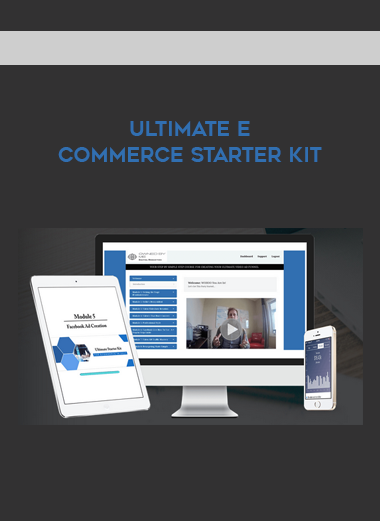


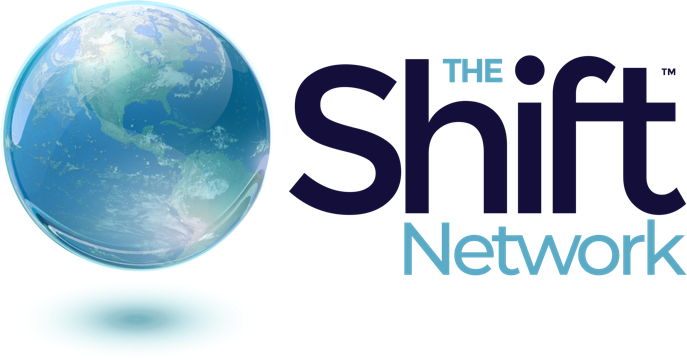







Reviews
There are no reviews yet.